Architects
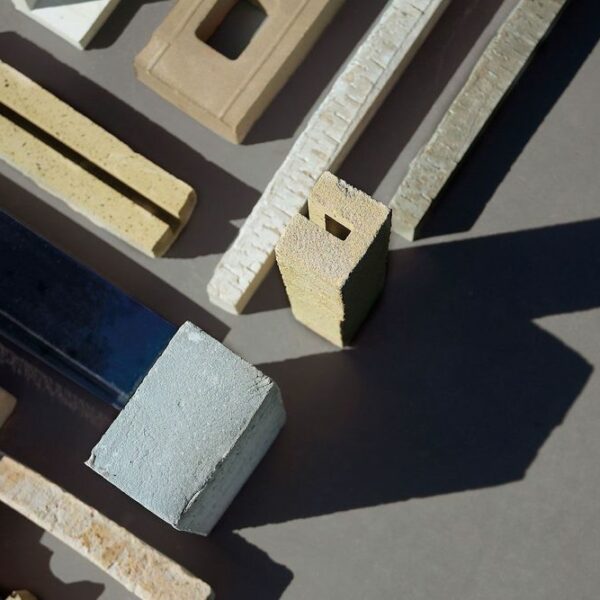
Creating healthy environments with Italian heavy clay products
In recent years, the European Commission has issued a series of directives aimed at reducing the environmental impact of buildings. nZEBs (Nearly Zero Energy Buildings) are buildings with almost zero energy consumption based on construction models typical of northern Europe.
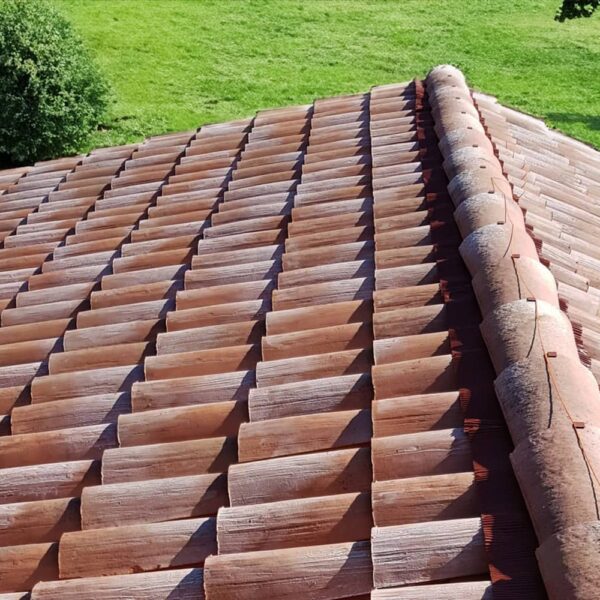
Building culture and sustainability in the Mediterranean region
The Mediterranean region has a unique architectural heritage. To address the challenges posed by climate change and construct increasingly sustainable buildings, we need to revisit traditional methods. Solid brick masonry and well-ventilated interiors guarantee optimal comfort in all seasons while minimising environmental impact. In-depth knowledge of Mediterranean climatic conditions has made it possible to develop even more effective solutions that optimise resources and improve living standards by blending time-honoured traditions with innovative technologies.
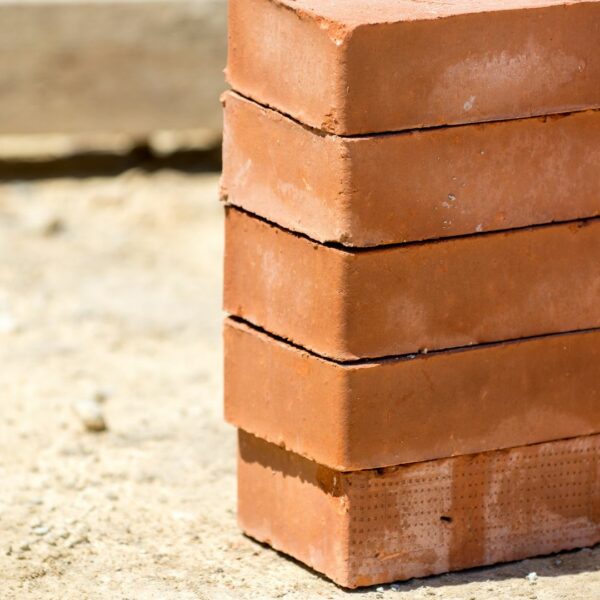
The sustainable life cycle of Italian structural clay products
A natural material Structural clay products are sustainable materials that contain clay, a material of natural origin which is extracted using methods that are friendly to the environment and the...

Recycling Italian clay roof tiles
In keeping with the growing awareness of environmental issues such as energy and raw materials savings and emissions reductions, in 2018 Italy appointed EPD Italy as its national Program Operator responsible for issuing environmental product declarations.
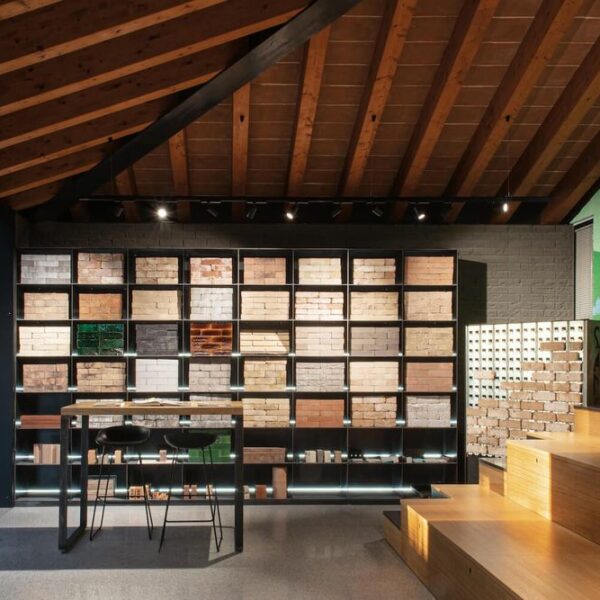
Italian clay roof tiles: for innovative and sustainable roofs
By 2050, more than 80% of the EU’s population will live in cities. Within the same timeframe, the International Energy Agency (IEA) has estimated that demand for indoor air conditioning will triple.
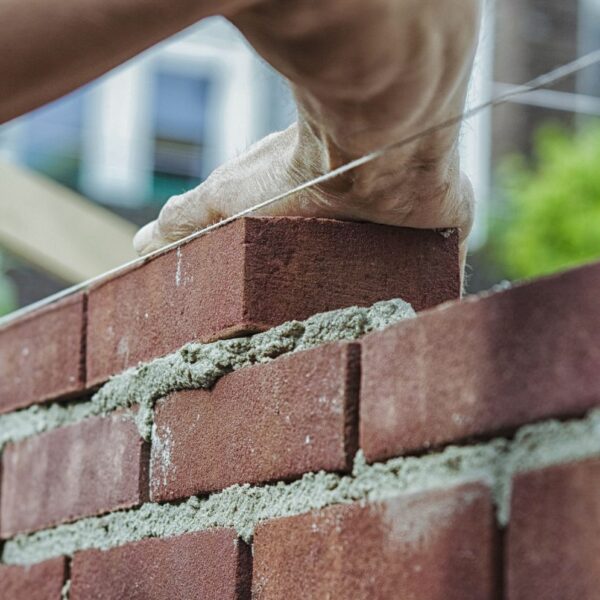
High energy performance buildings with Italian heavy clay products
The revised Energy Performance of Buildings Directive (EPBD) proposed by the European Commission emphasises the significant contribution of clay building products to more sustainable construction. Thanks to their characteristics, materials such as clay bricks and roof tiles reduce consumption and ensure high energy performance throughout the life cycle of buildings. They are also highly durable and can be easily recycled.
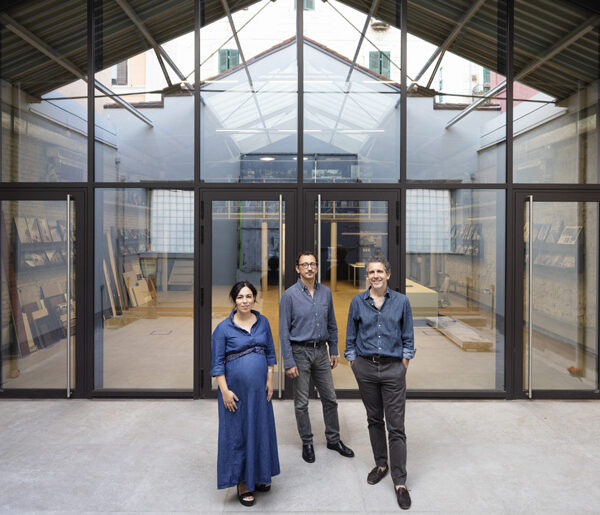
Following traces
Attention to the context, a mindful approach to the location and a thoughtful selection of materials are the guiding principles behind Westway Architects’ design choices. These are particularly evident in a project in Ethiopia where they made extensive use of Italian ceramic tiles
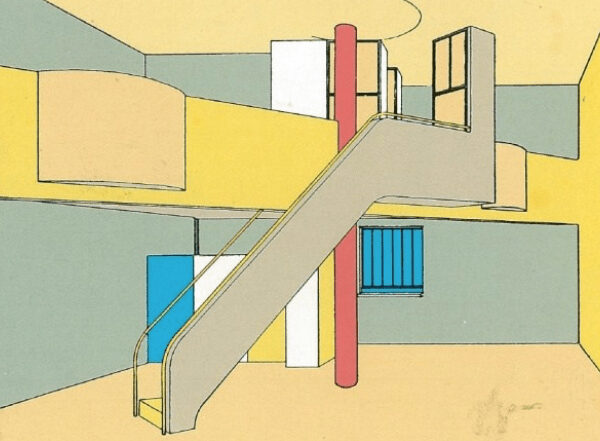
The contemporary relevance of Le Corbusier, a century on
A hundred years after the publication of “Vers une architecture”, Italian ceramic tile reaffirms its credentials as an ideal material for the construction industry all over the world
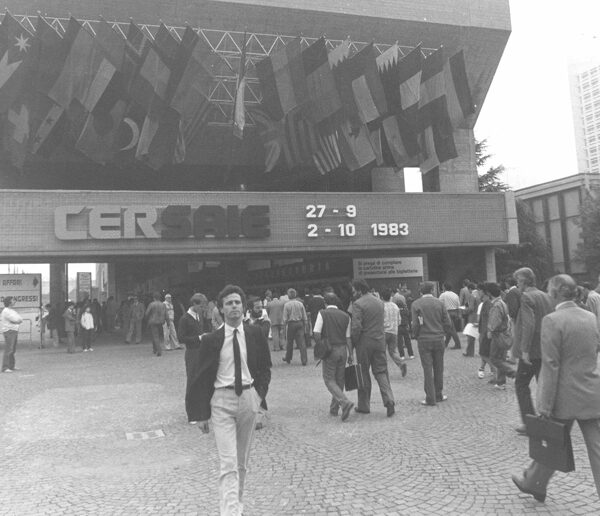
40 years of Cersaie. People, beauty, ideas
A new book offers a unique photographic overview of the show’s evolution over the years
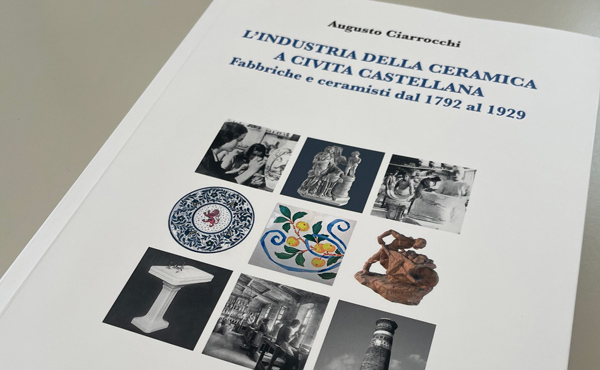
Factories and ceramists in Civita Castellana
A book by Augusto Ciarrocchi recounts the origins and history of the local ceramic industry from 1792 to 1929








